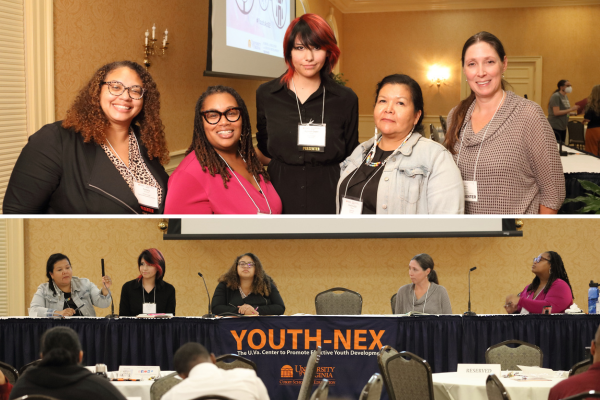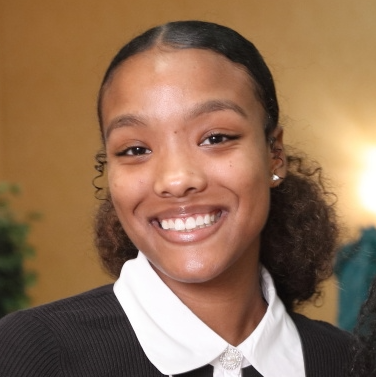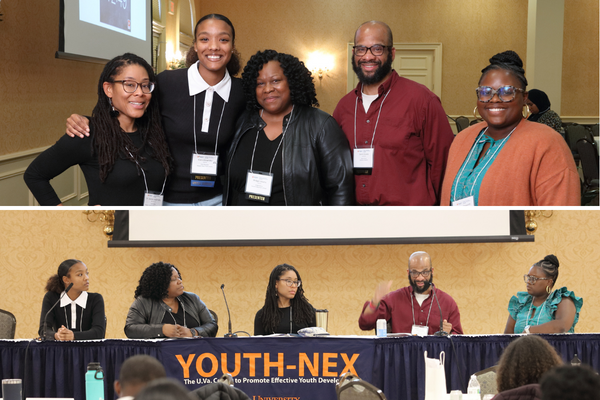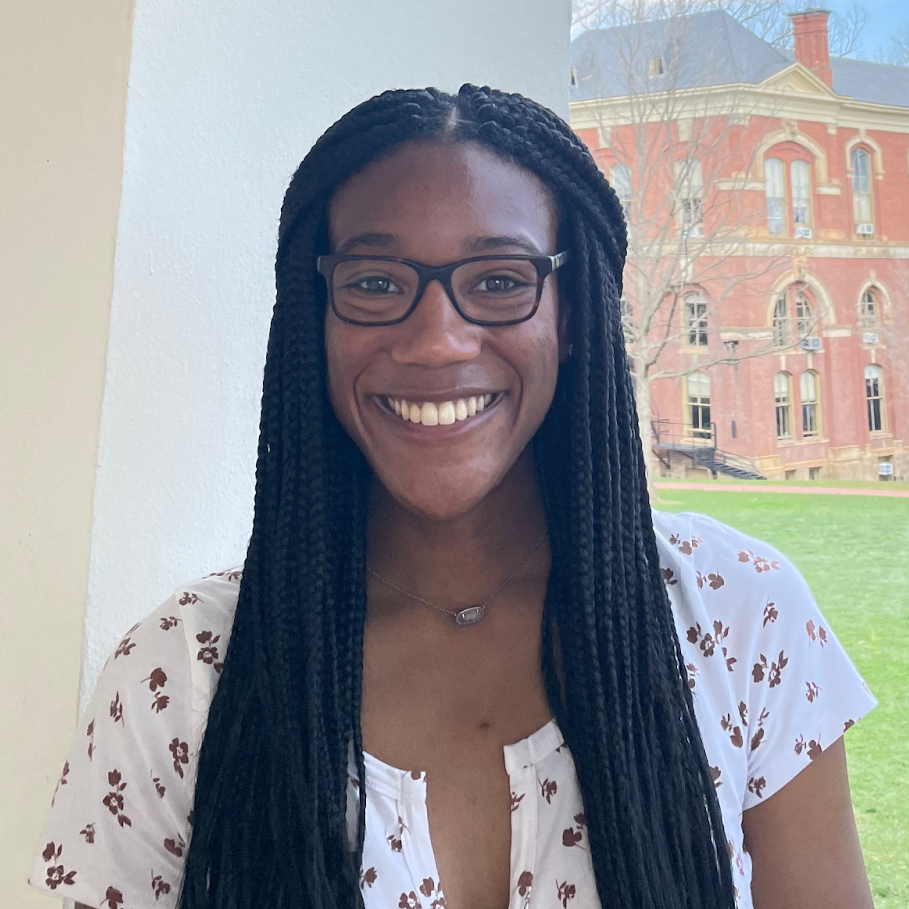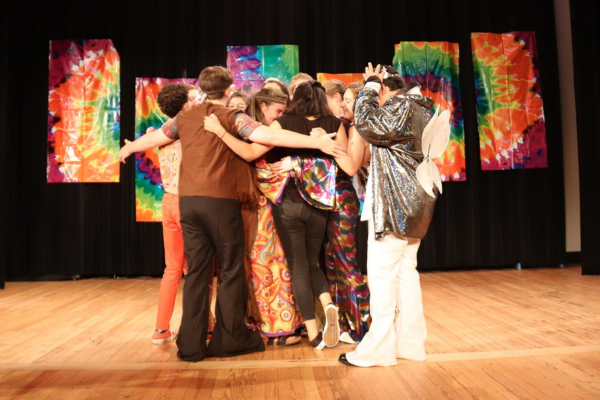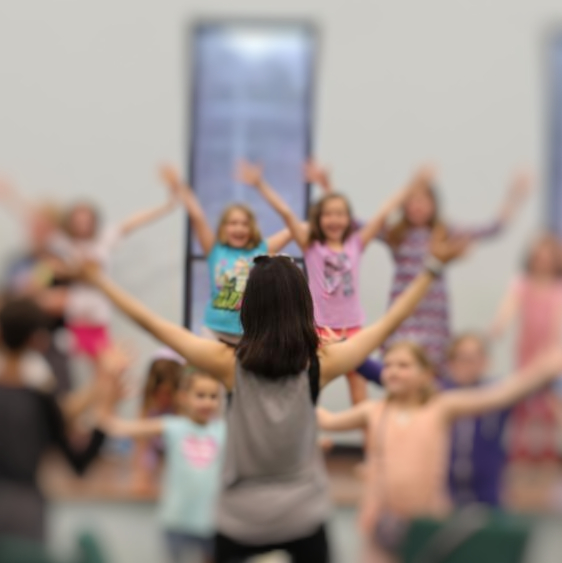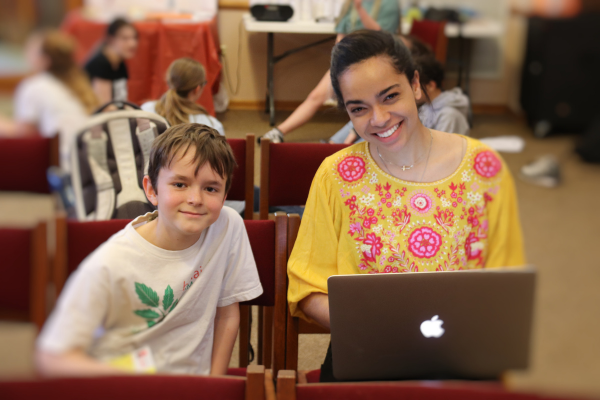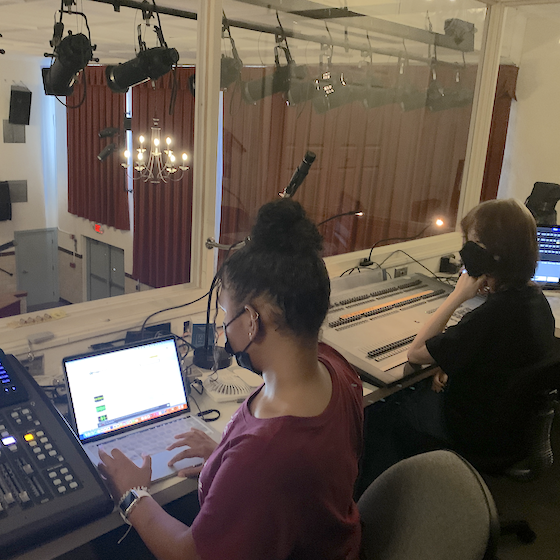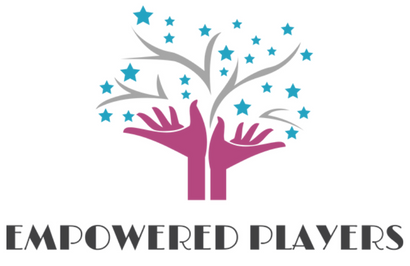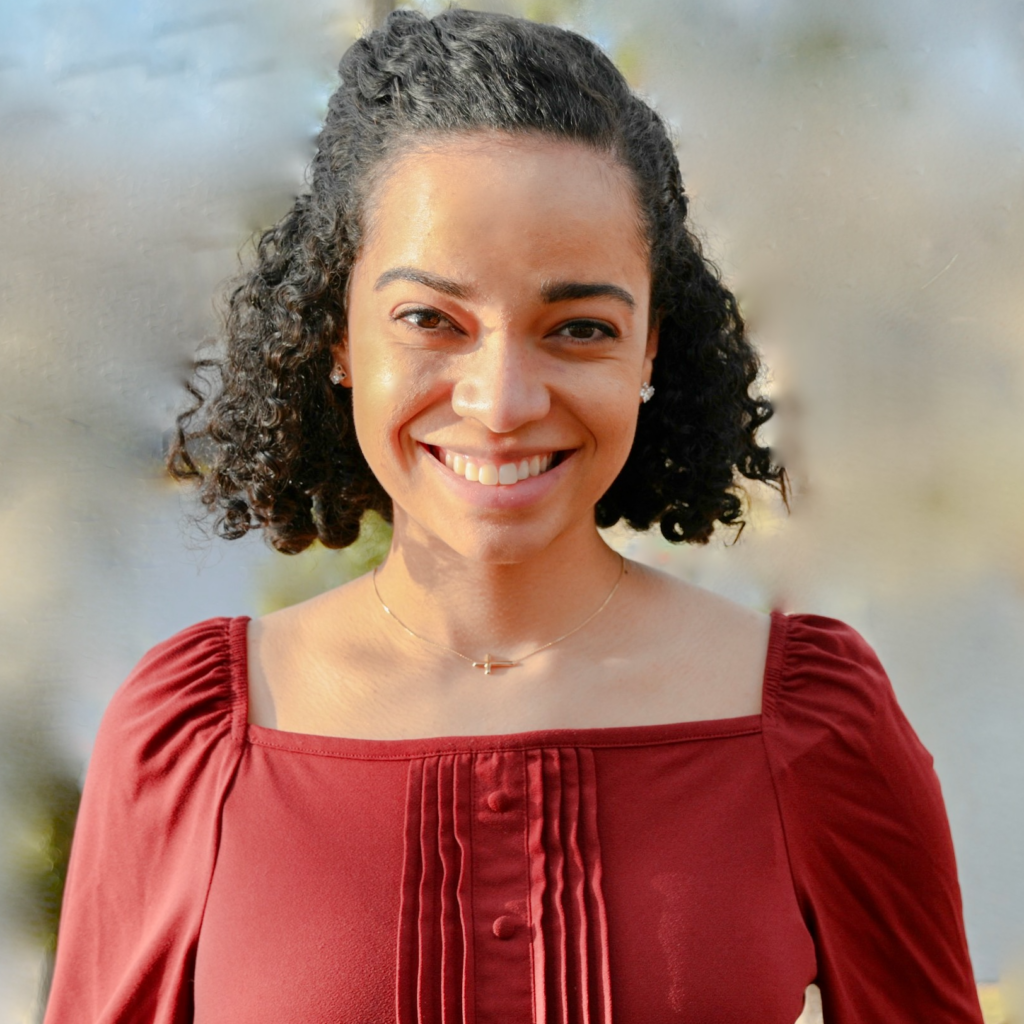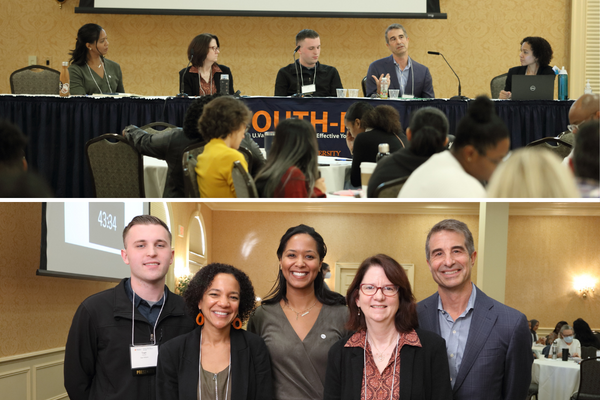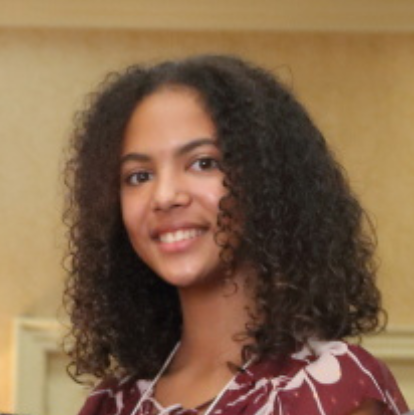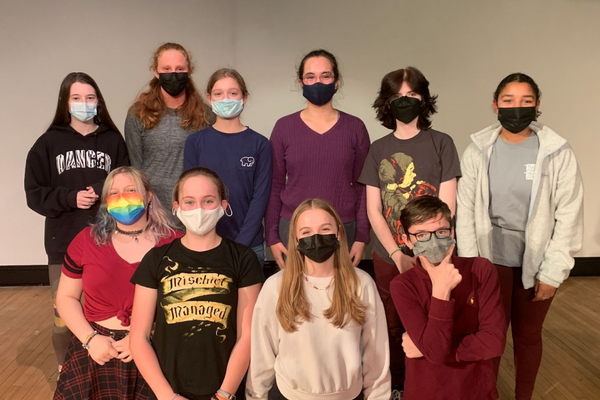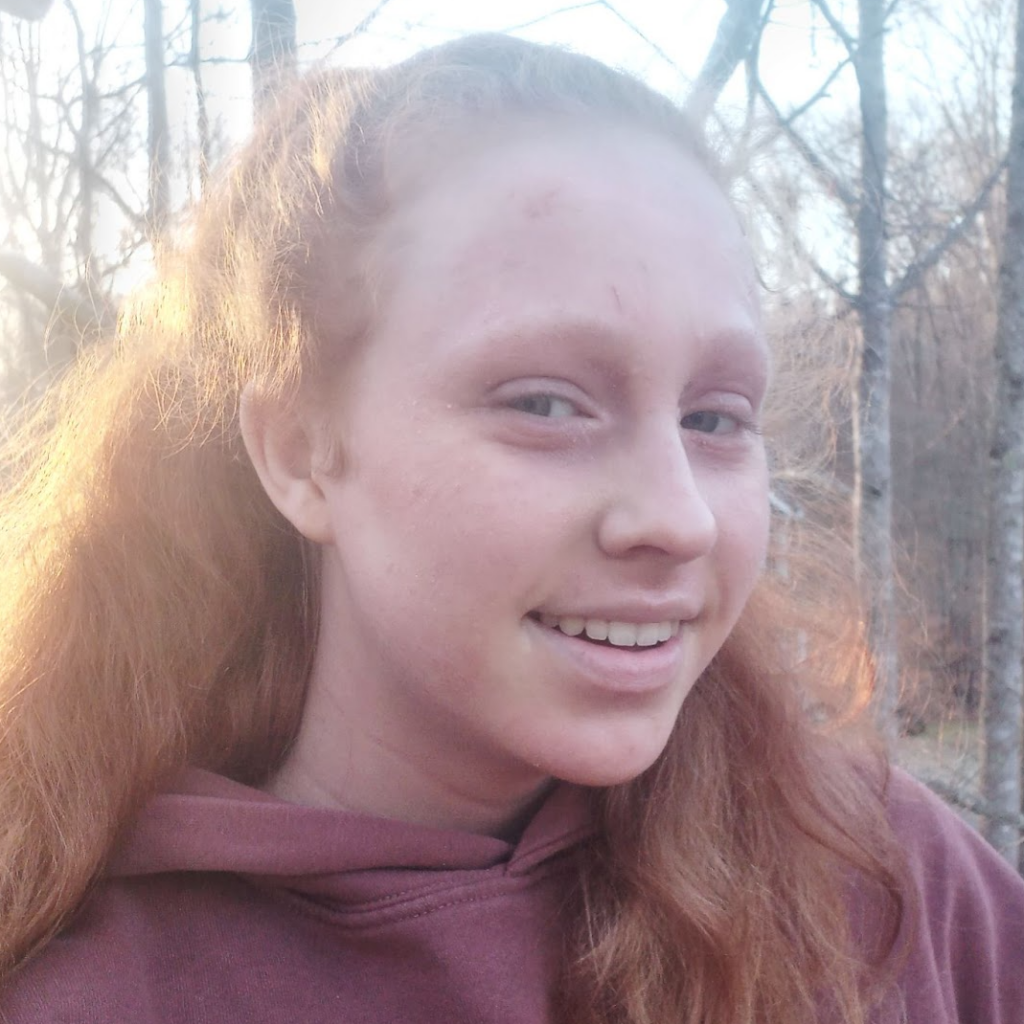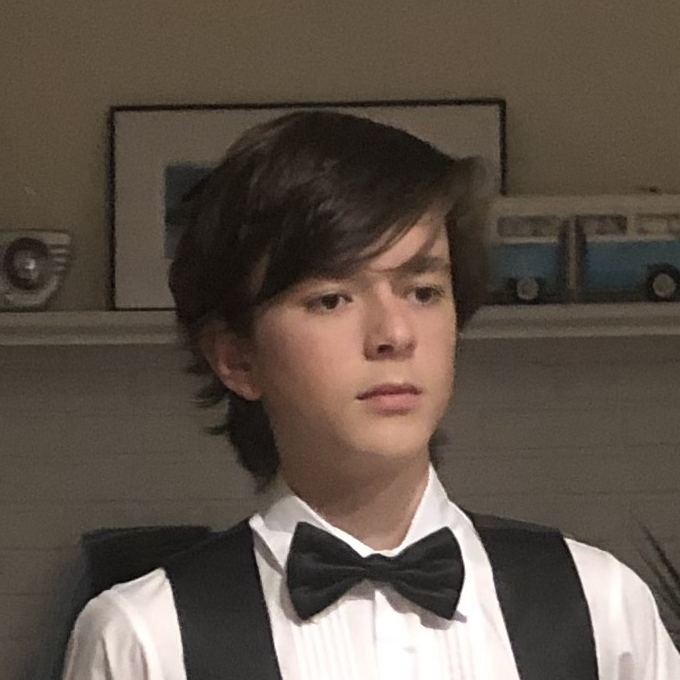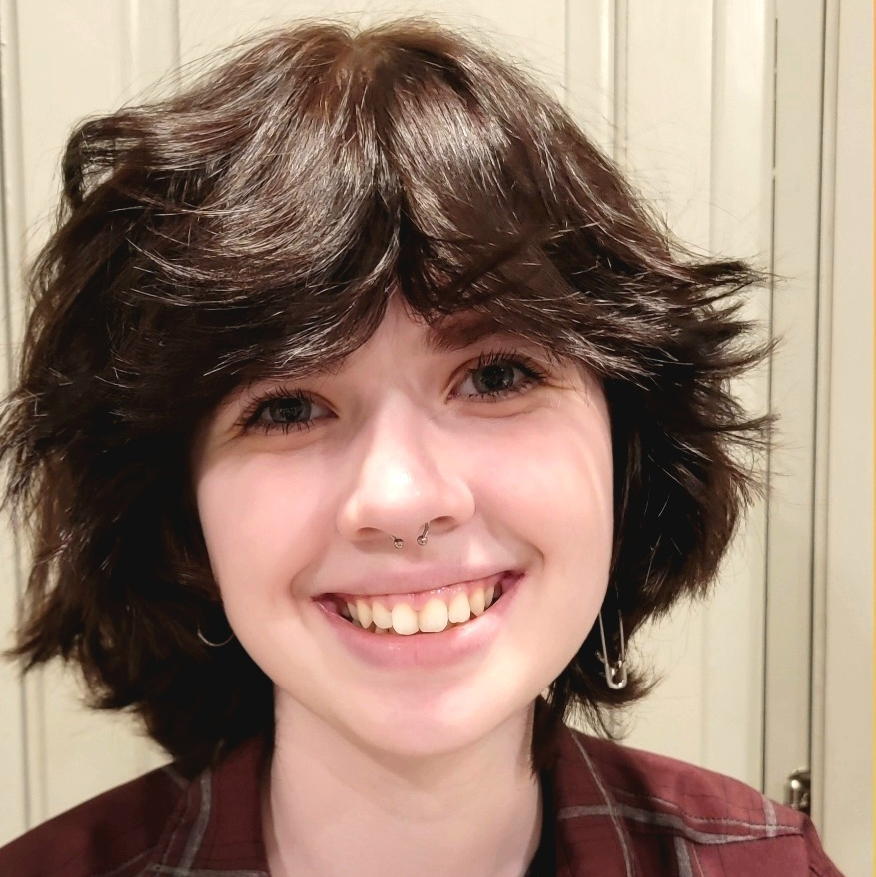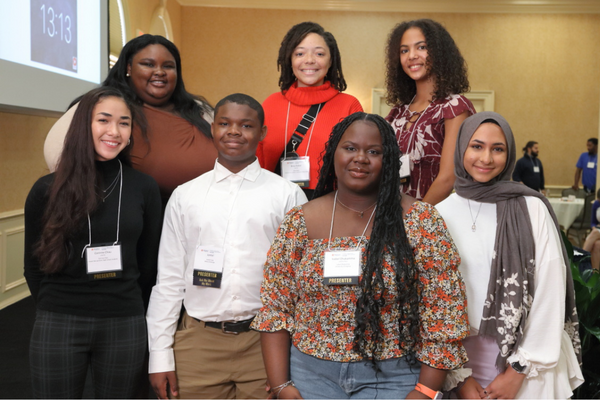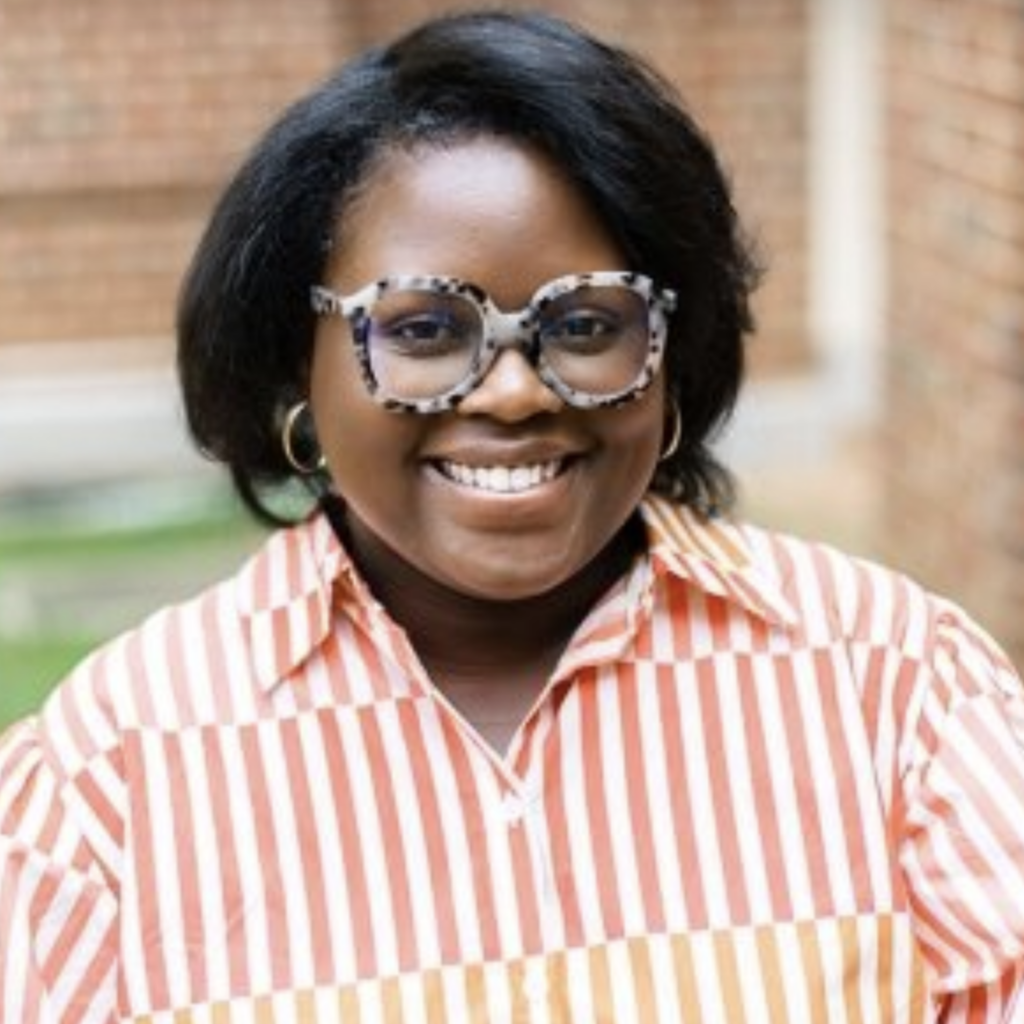This post is the 4th publication in a YPAR series, which aims to explain participatory research, youth-led measurement and evaluation approaches, and strategies for youth-adult collaborations in YPAR.
By: Shereen El Mallah
Highlights:
- In this YPAR series, I’ve shared that participatory research is an approach to research, rather than a single research method, that intentionally considers power and equity with respect to both processes and outcomes.
- Youth have a unique insight into their own needs and lived experiences, and engaging them in the research process can leverage their expertise on how best to support their own learning and development.
- In this blog, I share specific strategies that facilitated the collaboration process to support the design and application of participatory research in practice.
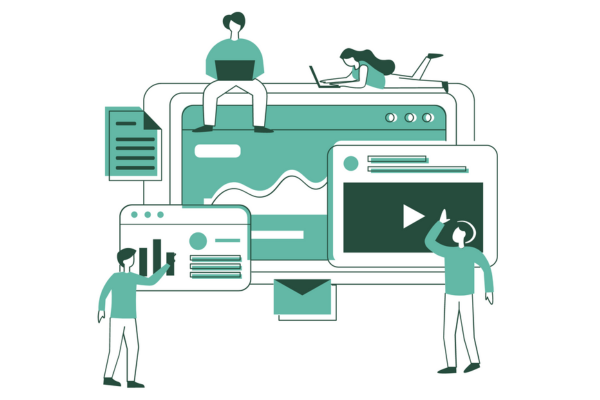
Youth Participatory Action Research (YPAR) is an approach to conducting research increasingly used by educators, administrators, practitioners and researchers alike. However, there is still a lack of practical knowledge about how participatory research can best be designed and applied in practice.
In a recent publication, I provide examples or starter templates for researchers who are seeking to develop culturally sensitive measures and/or who are inviting youth stakeholders to transition from the passive role of informant to the active role of co-researcher. These are included below but first, I share some of the strategies that supported the youth-adult collaboration in this study.
How To Guide
The collaborative process can be broken down into multiple phases. During the planning phase (i.e., prior to engagement), the research team took the following steps:
- Planning a “shadow day,” to follow a subgroup of students for three hours as they went about their regularly scheduled school day. This has previously been used as a teacher training and professional development exercise, and in the context of the case study, it held the same purpose of better understanding the realities of students in their daily environment.
- Toward the same goal, disposable cameras were handed out to 30 randomly selected seventh and eighth grade students. They were asked to take pictures throughout the week of “things that were important to them.” The adult researchers were asked to do the same. All pictures were printed and later put on display in the room where collaborative working sessions took place.
During the partnering phase, the research team took the following steps:
- The first collaborative working session was dedicated to collectively drafting a “contract” that discussed expectations, identified priorities and articulated the collective goals of the team. This conversation revealed varied outlooks among the youth researchers, from hesitation and apprehension (stemming from poor experiences in the past or a general distrust of adult outsiders) to hope and excitement at the prospect of playing a role in improving the student survey experience.
- A lot of attention was also directed towards ensuring the statements in the contract were explicit, with very little room for ambiguity. For example, stating a commitment to shared decision-making was followed by a detailed description of the voting process (two-thirds majority for all votes) and a clear rationale provided for the few decisions that would be exempt from the process (e.g., the adult-driven research design decisions that were already underway, the decisions around any disciplinary matters that might emerge, etc.).
During the training phase, the research team took the following steps:
- Youth researchers were encouraged to coin their own terms for the research concepts. For example, most youth researchers referred to quantitative and qualitative analysis as “numbers” analysis and “word” analysis; and although this may not be a technically accurate, it helped them more quickly distinguish between the two approaches
- With regard to preparing students to lead cognitive interviews with their peers, the adult researchers employed reciprocal teaching strategies (“I do, we do, you do”): first modeling the interview protocol, then role-playing the interviewee for the youth researchers and eventually creating space for the youth researchers to offer one another feedback as they honed their interviewing skills.
During the learning phase (i.e., data analysis and interpretation), the research team took the following steps:
- Youth researchers were guided through semi-structured data interpretation activities which included reflecting on surprises between what they expected and what they found in the data, as well as identifying patterns within the sample.
During the sharing phase (i.e., dissemination), the research team took the following steps:
- The youth researchers created a social media page to highlight some of the key decisions and work products that emerged from each collaborative session. One member of the team was charged each week with taking candid photographs to include in the updates that were co-authored by the adult and youth researchers on the team.
- At the end of the data collection and analysis process, the youth researchers prepared four more comprehensive presentations to be delivered at a schoolwide assembly (targeting their peers), a school board meeting (targeting school and district leadership), a staff meeting (targeting their teachers) and a parent-teacher night (targeting families). Adult researchers in attendance took notes during the interactive presentations, documenting any questions or concerns raised by audience members. During the subsequent collaborative working sessions, the research team debriefed on key take-aways from the experience, as well as brainstormed new strategies to refine the dissemination process (e.g., after the first presentation, the decision was made to have handouts available for audience members).
Download Resources
To promote more widespread use of YPAR approaches, five resources were included in the publication and linked below. These resources were written for a general audience to ensure broad applicability and include examples, templates, and tools that may be helpful for those seeking to initiate research involving youth-adult collaborations. Each one was designed with the intention of drawing a more explicit link between the abstract guidelines and the concrete practices that are often associated with the YPAR process.
A template of a recruitment flyer that can be used to invite students to work with adult researchers on improving school survey experiences.
An example of a project plan that begins with a broad overview of the research process in a youth-adult partnership, followed by a more detailed breakdown of the focus and purpose of each collaborative working session.
A newly developed measure called the “KIVI” used by both youth and adult researchers to examine the clarity, relevance and coverage of items on survey measures.
A training handout explaining the different types of validity used to evaluate surveys in an age-appropriate and relevant way for youth researchers.
A training handout used to help youth researchers obtain richer responses from their peers when conducting interviews.
Missed a post in the YPAR series? Check out all the tips and resources:
- The Benefits of Engaging in Participatory Approaches to Research
- Why Young Investigators Are Important
- Youth Voices in YPAR (includes youth)
- Strategies for the YPAR Collaboration Process (includes downloadable resources)
- How Can Youth Voice Amplify Research? Listening & Leadership Are Key
- 4 Universal Facilitation Tips for YPAR Collaboration
- Asset & Power Mapping as Tools for Youth-Led Research (includes downloadable resources)
- Why YPAR Matters: Youth Are “Looking at the World Differently” (includes youth)
If you have any comments or questions about this post, please email Youth-Nex@virginia.edu. Please visit the Youth-Nex Homepage for up to date information about the work happening at the center.
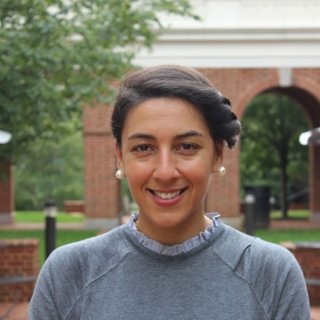
Author Bio: Dr. Shereen El Mallah is interested in the intersection of applied science and social justice. As a scholar-activist, her work draws heavily on rapid cycle evaluation, participatory approaches, design-based research, and the framework of QuantCrit to address three notable gaps: 1) The gap between what works in research and what works in practice, 2) The gap between valuing what we can measure and measuring what we value, 3) The racial/ethnic and socioeconomic gaps in developmental and educational outcomes that are rooted in longstanding structural and systemic inequities. El Mallah regularly engages in research-practice partnerships intent on interrupting inequitable practices, policies, and research, as well as explores communication and dissemination strategies that facilitate the use of evidence. She is committed to working with and for underrepresented, marginalized, or systematically minoritized groups to leverage both quantitative and qualitative data in challenging dominant narratives.
